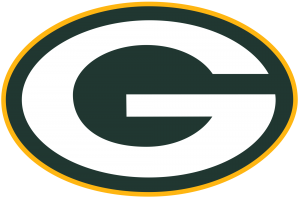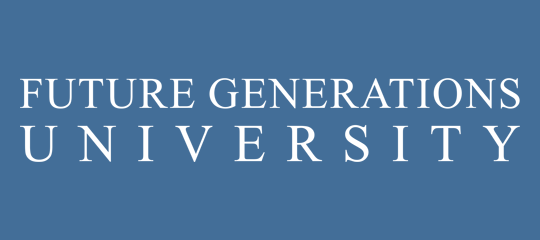Summary from Just and Lasting Change by Associate Professor, Noam Schimmel

When you think about football, chances are you don’t think about community development, shared resources, a commitment to a non-profit ethos, and a cooperative approach to owning and managing a sports team.
But there is an open secret about one American football team that, while famous for the quality of its players and the passion of its supporters, should also be famous for its communitarian spirit, structure, and values.
As the Green Bay Packers By-Laws state, ‘The association shall be a community project intended to promote community welfare and that its purposes shall be exclusively charitable.”
This challenges the dominant paradigm of what drives sports in America and around the world: profit making. Sports are big business and they are, for the most part, run as big business.
But there are exceptions.
And it turns out that while the Green Bay Packers do make money what they do with that money and how they reinvest it in their community is what is so unique and notable, beyond their sporting excellence.
As Paz Magat, the author of this chapter in Just & Lasting Change, writes,
“The Green Bay Packers are one of the most iconic teams in American football, a team that has won thirteen championships – more than any other American professional football team – and a team that comes from the smallest city of any professional football team. So how is this team a charity? How does it promote community welfare? The answer is that instead of making money, the purpose of the team is winning for the community.”
Magat explains that stock in the Packers pays no dividends, has no earnings, and cannot be traded. But when it is available for sale, it is quickly purchased. Packers supporters are passionate about their team.
“The significance of this ownership model is illustrated in the many ways it benefits the team and its investors… These owners very much want their team to win – and perhaps by not being encumbered with profit seeking, they want even more for their team to win – with the result that the foundation thus created is both a stronger community (the city of Green Bay and the state of Wisconsin) and support for the team, where the players are stronger because of the community.”
Magat expands that the Packers model is perceived as a threat by the for-profit members of the NFL, who reject its ethos and the way in which it reinvests its earnings into the team, its supporters, and the Green Bay community.
“Community ownership brings in a different type of community profit: shared human energy. The NFL saw that if a community owned a team, it was nearly impossible for that team to be sold or transferred, greatly devaluing the opportunity for financial gain to the typical kind of owners. As a result, in 1960 the NFL banned any other team in the league from becoming community owned. The other major sports leagues – baseball, basketball, and hockey – promptly followed.”
Nevertheless, the Green Bay Packers continue to succeed as a team based on entirely different model than their competitors in the NFL. Magat analyzes how the team reflects the five criteria of SEED-SCALE:
- Inclusiveness: Prices for Packers games are affordable, making them more broadly accessible than those of many for-profit teams that are not community owned.
- Sustainability: Because the bottom line for the Packers is serving the community-owners and reflecting their values and interests rather than to generate profits they tend to have fewer strikes and less tension between management, players, and fans because all three share values and aims collectively.
- Iteration: While raising funds for new stadiums for profit-based teams often takes away municipal funds from other social needs, the Packers’ community-based model of ownership generates revenues from shareholders that are reinvested in the community, do not undermine limited municipal financial resources, and make it unlikely that the team will be wooed away to another city promising vast sums of money because the team is owned by so many people in small increments and most are deeply invested in Green Bay and in Wisconsin.
- Holism: “The thirty-one teams in the NFL that are owned by either one person or an ownership group allow little to no general access to the financial realities of the team beyond player salaries, which are published annually. As a publicly traded organization, the Green Bay Packers’ books are open to the public, their fans, and their shareholders. This creates a culture of accountability by team management…
- Interdependence: “The Packers’ constitution deliberately directs its revenues back to the community. If the team is ever sold, the constitution dictates that all of the proceeds must go to a foundation, for distribution to local charities.”
And so, we find SEED-SCALE principles and the ethos they create and resulting community cohesion and organization in places and contexts where perhaps we least expect them.
Football in Green Bay is more than a sport, a game, and a passion.
It is also people coming together to create and sustain a vision that is grounded in a shared sense of place, shared values and aspirations, and a collective project in which the whole is much greater than the sum of its parts.




One thought on “U.S. Series- Part III: The Green Bay Packers: Community-Owned Energy”
Amen brother. Preach on!
Signed,
A recovering Dallas Cowboy fan